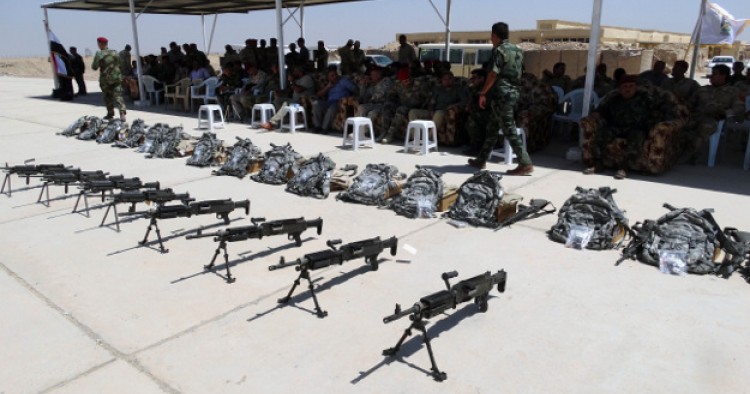Read the full article in the September 2015 issue of The Ripon Forum.
It will be one year this September since the U.S. president declared the formation of an international coalition to ‘degrade and destroy’ ISIS. After 6,000 air strikes, 9,000 targets struck, 10,000 fighters killed, and various battles undertaken in Iraq and Syria, the war is at a strategic stalemate.
ISIS’s spread has indeed been slowed and it is on the defensive in some areas, but it has made advances elsewhere and its control of its main cities remains strong. It is under no imminent threat of defeat. In addition, it has won declarations of allegiance from militant groups in Libya, Egypt, Tunisia, Algeria, Nigeria, Yemen, and Russia, and it has eclipsed Al Qaeda as the global radical brand of choice. It poses a grave danger to the already faltering state order in the Middle East and a direct national security terrorist threat to the US and other societies around the world.
The current U.S.-led strategy might succeed in ‘containing’ ISIS within its core holdings in Syria and Iraq, but not in destroying it. However, the threat that ISIS poses is not conventional, and the power of its example and terrorist appeal will only be reinforced as its ‘Caliphate’ survives and thrives in the heart of the Levant. Unless current strategies are dramatically revised, the ISIS terrorist state will become a fixed feature of the fractured Middle East, and a major factor in regional and international security for many years to come.
The Middle East Institute (MEI) is an independent, non-partisan, non-for-profit, educational organization. It does not engage in advocacy and its scholars’ opinions are their own. MEI welcomes financial donations, but retains sole editorial control over its work and its publications reflect only the authors’ views. For a listing of MEI donors, please click here.













